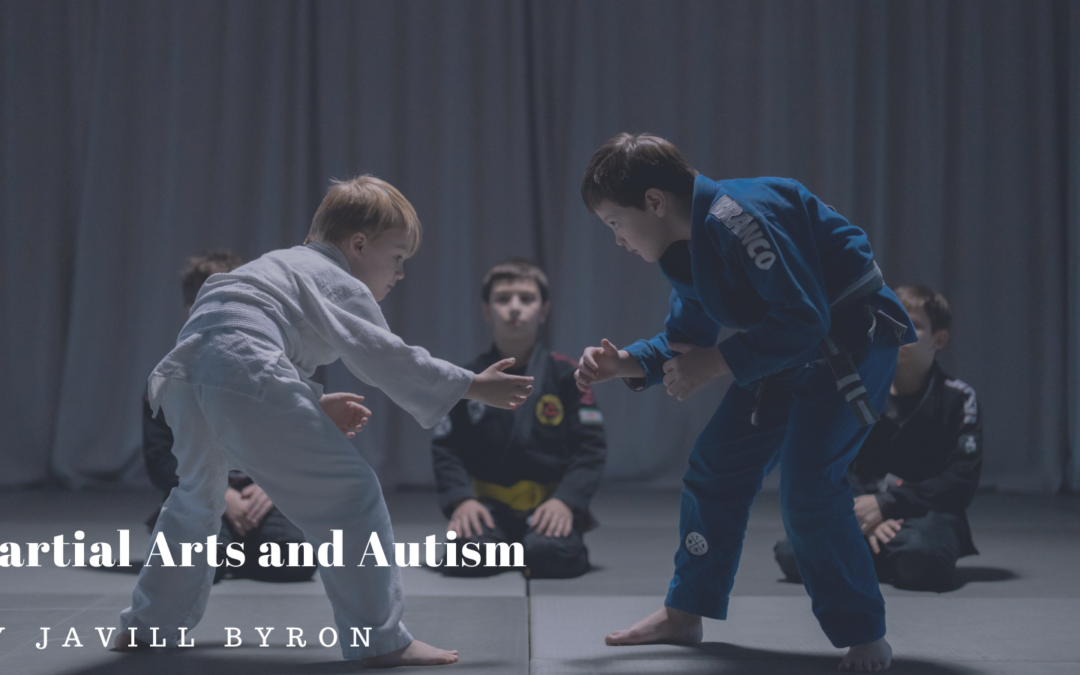Most martial arts practitioners believe that a good foundation of discipline and respect will help students achieve their goals, both in the studio and in their personal lives. This is why many schools and instructors do their best to accommodate people with varying physical and neurodivergent abilities.
Aside from being a welcoming environment, martial arts training can also help individuals with special needs break down barriers. For those with autism spectrum disorder, participating in a martial arts program can help them overcome their fears and challenges.
Being aware of the challenges that people with autism spectrum disorder face daily can help instructers understand the condition better. Some of the symptoms that people with this condition might experience include: delayed communication development, repetitive movements, social isolation, and attachment to routines.
Due to the nature of the disorder, it is hard to determine what treatment is most effective for individuals with this condition. This is why martial arts can be utilized as a tool to help individuals with this condition.
Martial Arts Are Repetitive
Performing repeated actions for no apparent purpose is known as stereotypy or stimming. This symptom is one of the leading indicators that someone might be experiencing autism spectrum disorder.
In sports, repeated actions are known to improve an athlete’s performance. They can also help create muscle memory and enhance an individual’s performance. Similarly, martial arts involves repeating phrases and actions and can give people with autism a calming sense of control.
Kata
Martial arts is a training exercise that uses repetition and verbal cues to help students learn how to respond to external stimuli. The basic movements are called kata, and they are designed to help students learn defensive and offensive moves.
Students can develop muscle memory through repetitive actions, which is precisely what people with autism deal with. By transposing these actions over to external stimuli, they can become more confident in their bodies.
The Results
A study conducted in Iran revealed that martial arts could help decrease stereotypy in children. The results of the study were astounding.
For the study, which involved 56 sessions, the group was instructed to perform kata for 14 weeks. The results revealed that the students who did kata experienced a significant decrease in impulsive movement that even persisted for several months after the study concluded.
Teamwork
One of the most significant advantages of martial arts training is working together as a group. This allows instructors and students to improve their skills and become better individuals.
Getting to know the instructors and the other students helps individuals with autism develop their social skills. This is also a necessary step in their martial arts education. Having a supportive environment can help individuals with this condition thrive.
Conclusion
Occupational therapy is the most widely used method for treating people with autism. This type of therapy focuses on improving an individual’s physical and emotional behavior. Although this method is very effective, it can be challenging for people with autism to master. Martial arts training can help people with this condition reach their goals in a fun and exciting way. It can also provide them with a sense of accomplishment.
People with autism are also known to seek effective ways to manage their condition. Martial arts training can help them deal with the various symptoms of the disorder. It can also help them develop social skills and confidence.

